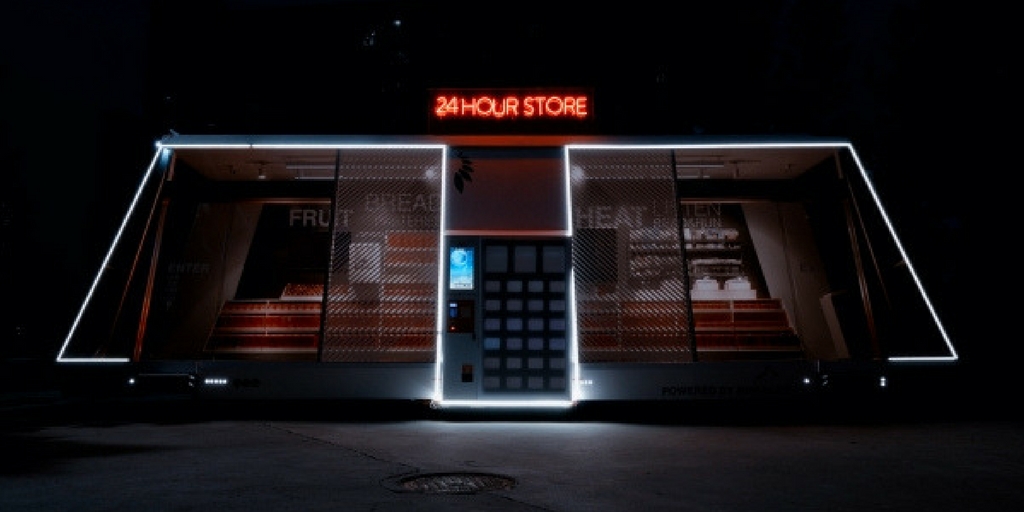
Are We Facing the End of Supply Chain Management?
A new article discusses the way that automation, AI and big data are transforming the industry. It raises the alarm that supply chain management will soon cease to exist, only to assert that it will still exist, just in a very different form.
This guest post comes to us from Argentus Supply Chain Recruiting, a boutique recruitment firm specializing in Supply Chain Management and Procurement.
A new article in Harvard Business Review has been generating some automation-related controversy in the Supply Chain Community, as well as lots of buzz and interesting conversation. Naturally, we at Argentus want to weigh in. Titled, “The Death of Supply Chain Management,” the article discusses the way that automation, AI and big data are transforming the industry. It raises the alarm that the function will soon cease to exist, only to – as these “X is dead“ articles often end up doing – assert that it will still exist, just in a very different form.
Beyond the obviously clickbait headline – which we couldn’t help but indulge in ourselves – the article makes some fascinating predictions about the future of supply chains. But even more relevant to us at Argentus, it has some interesting forecasts about the future of supply chain talent in particular, in the coming world where automation is king.
Automation is one of the hotter topics in the supply chain community – as it is across the entire economy. As a major feature in McKinsey discusses, automation has already made a number of jobs in the field way less relevant, threatening to eliminate those jobs entirely. Many companies have already automated their front-line transactional purchasing activities. Automation has eliminated a number of blue-collar supply chain jobs in warehouses and distribution centres, and driverless trucks stand to transform the logistics field, eliminating the need for millions of truck drivers.
But many are alarmed that automation will replace white-collar workers as well. The HBR article talks about how more companies are automating functions like demand forecasting, which has long been seen as more of an “art” than an exact science. No longer.
In the authors’ words, “within 5-10 years, the supply chain function may be obsolete, replaced by a smoothly running, self-regulating utility that optimally manages end-to-end workflows and requires very little human intervention.”
[bctt tweet=”Automation through digital technology isn’t really just about lowering labour costs, it’s about creating huge opportunities for companies to dive deep into data and create end-to-end visibility into their own supply chains.” username=”Fronetics”]
Automation through digital technology isn’t really just about lowering labour costs, it’s about creating huge opportunities for companies to dive deep into data and create end-to-end visibility into their own supply chains. This kind of visibility opens up huge opportunities, not only by lowering risk but also by letting companies become more strategic.
The HBR article outlines an interesting development: more retail and manufacturing companies are adopting “digital control towers” for their supply chains. These companies have physical rooms staffed with dozens of data analysts working in real-time to identify and squash challenges.
Picture an airport control tower, but for supply chain management: staffed 24/7, full of large screens full of 3d graphical representations of potential bottlenecks and inventory shortfalls all the way from order to delivery. These control towers are full of systems that can automatically correct for various issues, and they’re increasingly considered to be core aspects of company operations.
The authors outline how mining company Rio Tinto is using robotic train operators, cameras, lasers, and tracking sensors to monitor and fully automate its supply chain from train to port.
But do these developments hearld the end of the need for skilled Supply Chain professionals? Of course not.
A highly-automated “digital control tower” needs responsive individuals with deep understanding of how to solve Supply Chain challenges. An automated mining supply chain deep in the jungle, monitored in another country still needs people to monitor it and respond to issues.
Maybe unsurprisingly, the HBR article ends up saying that Supply Chain people will always be in demand, but that skill needs are changing, and we agree. People need to re-skill, up-skill, and educational institutions need to make sure that they’re training people with skills for the future and not the past. In the short term, executives who can manage people doing repetitive tasks (like transactional purchasing) need to learn how to manage information flows for more highly-specialized workers. Further down the ladder, the highest-demand analysts will be those who can draw insights from an ever-expanding pool of data and communicate them to senior leadership. Companies will need specialists with deep understanding of both technology and operations to design and implement automated supply chains – even more than they already do.
But beyond the trends that the HBR article outlines, we think they’re missing a key element: even if automation progresses to affect white-collar workers, even if data automates functions like supply planning, logistics, and sourcing, the human element will always matter. Companies will always need people who can build relationships with vendors when conducting large-scale Procurement. They’ll always need people who can negotiate contracts and rates, people who have the emotional intelligence to understand the psychology of the person sitting on the other end of the table, and arrive at a deal that drives value.
Machines will get better at the tactics, but the strategy will always be human, at least until the robots take over the world completely. (Which we don’t think will happen, by the way).
In the 19th century, luddites protested the adoption of machines in the British textile industry, fearing that they’d be out of a job. And they were. But while opportunities for weaving by hand disappeared, employment didn’t: the industrial revolution pushed new skillsets to the fore, creating a demand for people to manage production – leading to today’s supply chain function, by the way – while raising overall wealth and standard of living in the process.
While the rise of AI, big data and workplace automation has some important differences, we think it’s a worthwhile analogy: as with then, these new technologies will shift the employment landscape and put the squeeze on individuals with transactional or blue-collar skillsets. But supply chain professionals who can up-skill themselves, and become masters of the interpersonal skills that will never go away, will have more opportunities than ever before.
Take it from a company that’s on the front-lines of hiring in Supply Chain: while automation eliminates jobs at the lower-skilled end of the spectrum, demand for high-skilled candidates is higher than ever before, and only rising. So is Supply Chain Management on death’s door?
Not so fast.
Related posts:




